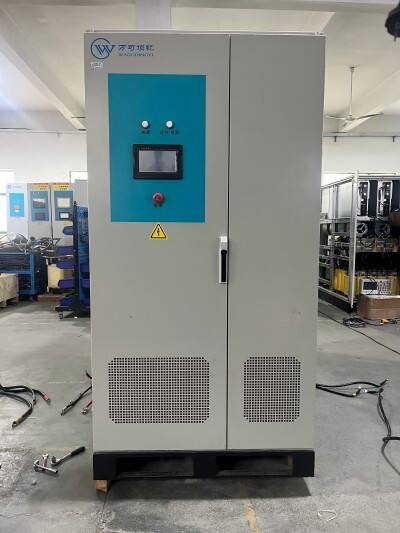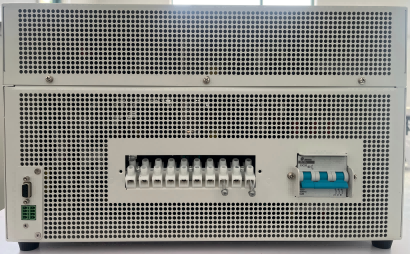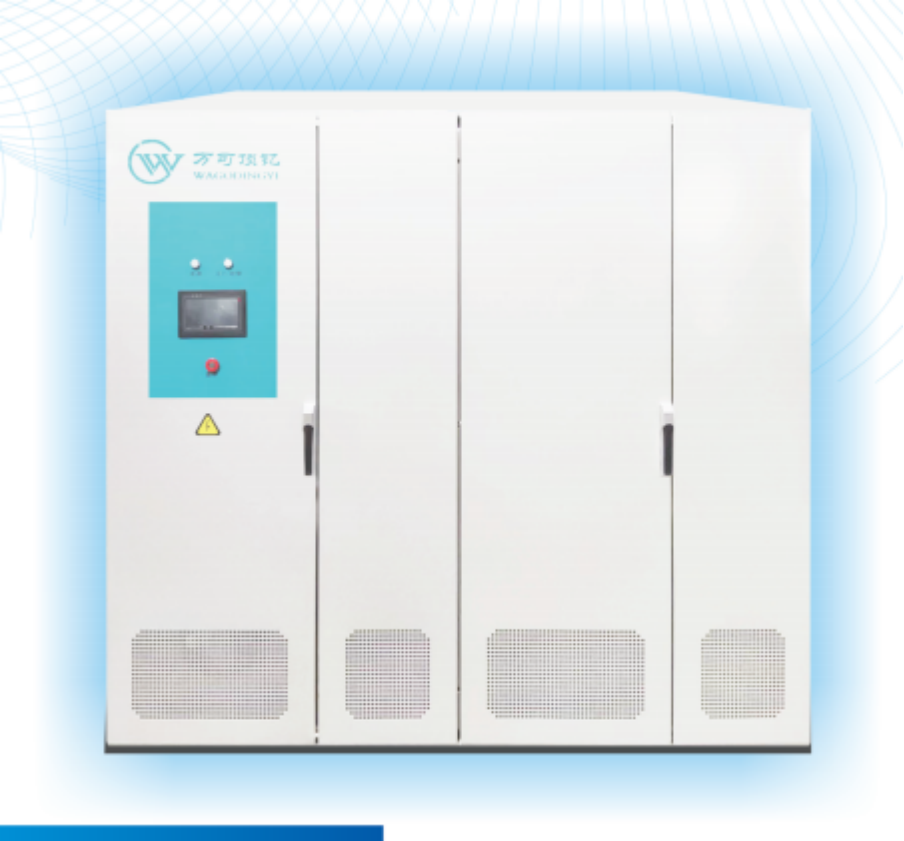doubly fed inverter
A doubly fed inverter represents a sophisticated power electronic device that has revolutionized variable speed applications in renewable energy systems. This advanced technology consists of two independent inverter units that work in tandem to control both the rotor and stator circuits of electrical machines. The system's primary function lies in its ability to manage bidirectional power flow, enabling efficient energy conversion and precise speed control. In wind power generation, the doubly fed inverter plays a crucial role by allowing the generator to operate at variable speeds while maintaining consistent output frequency. The technology incorporates advanced control algorithms that enable smooth power regulation and enhanced grid integration capabilities. What sets the doubly fed inverter apart is its ability to handle partial power processing, meaning only a fraction of the total power passes through the power electronic converters. This unique feature results in reduced converter ratings and lower overall system costs. The inverter system also provides reactive power support to the grid, contributing to improved power quality and system stability. Its applications extend beyond wind energy to include high-power motor drives, hydroelectric systems, and other industrial applications where variable speed operation is essential. The technology's versatility and efficiency have made it a cornerstone in modern renewable energy systems and industrial drive applications.




